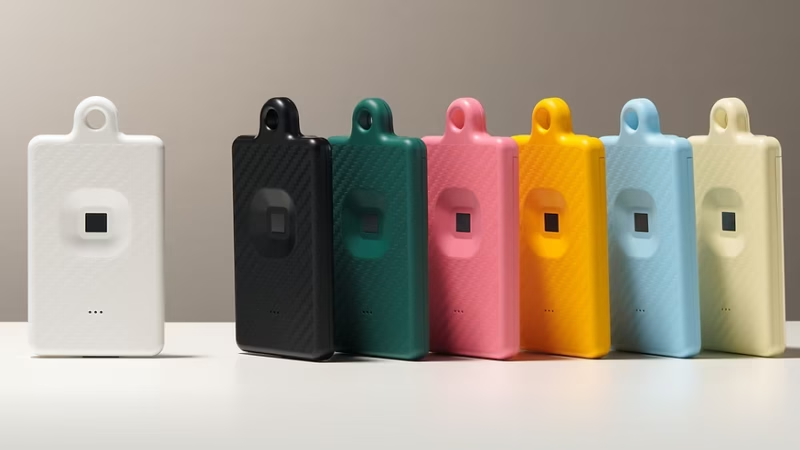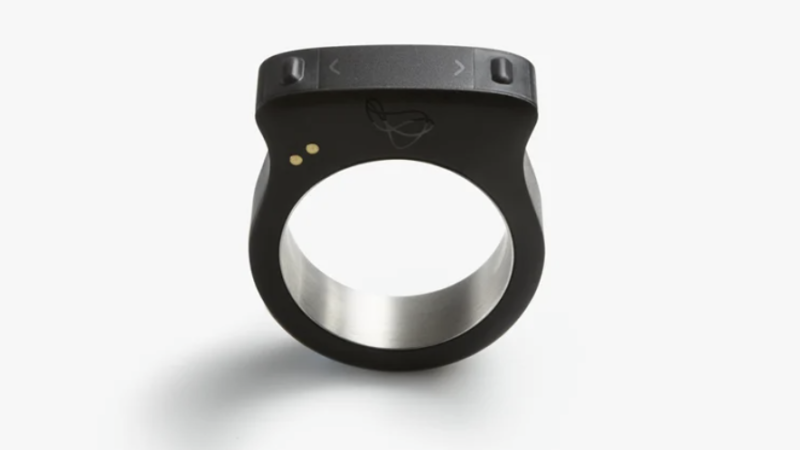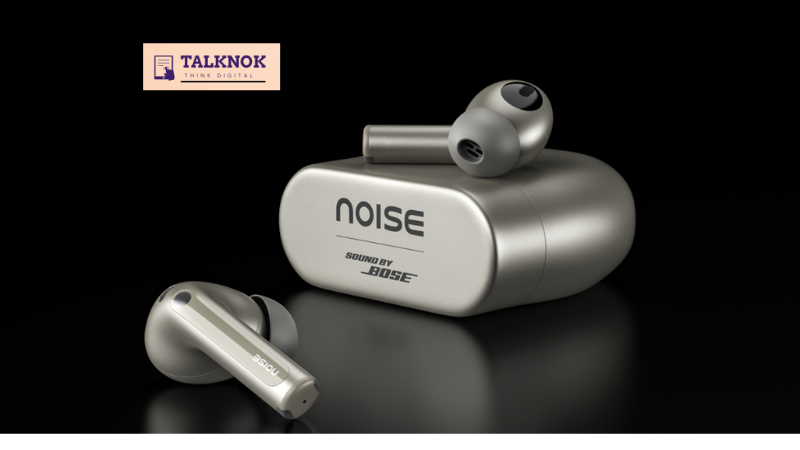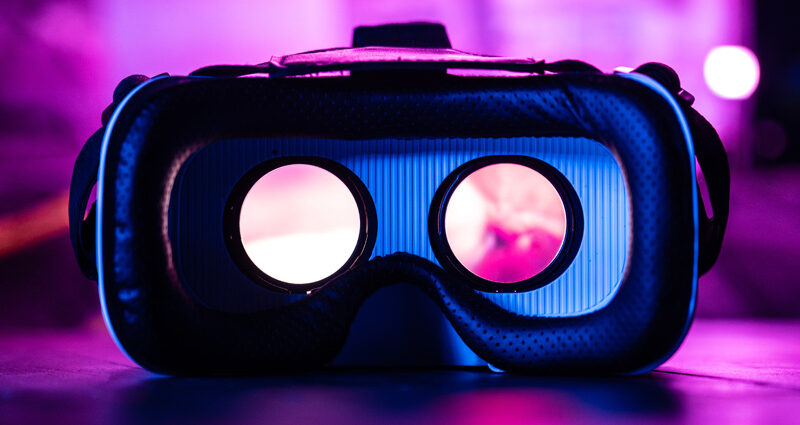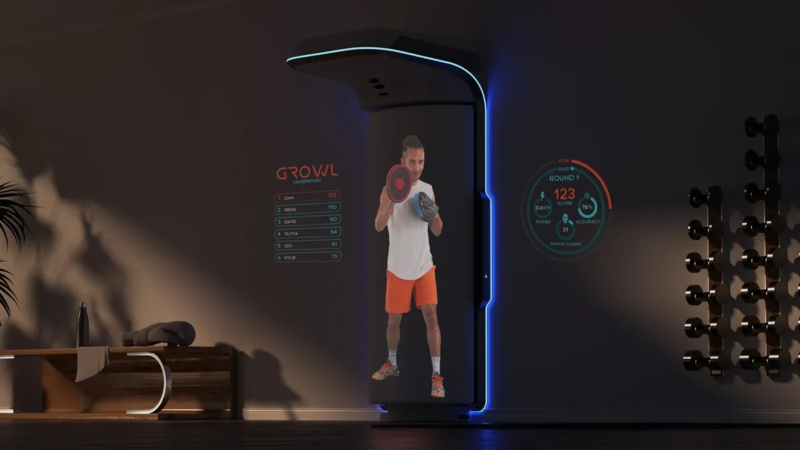Top 5 New Gadgets you can buy in 2025

Top 5 New Gadgets you can buy in 2025 is a few years away, so technology would have advanced from now. I should think of gadgets that are innovative and plausible. Maybe AI-related, AR/VR, sustainable tech, health devices, and maybe something with quantum computing? Or foldable devices?
1. Apple Vision Pro 2 (Spatial Computing Glasses)
Apple Vision Pro 2 (2025)
Apple’s second-generation Vision Pro 2 is expected to refine the groundbreaking AR/VR headset with major upgrades in design, performance, and software. Here’s the latest:
Expected Features & Improvements
- Slimmer & Lighter Design
- Reduced weight (target: ~400g vs. 1st-gen’s 450g) for better comfort.
- Thinner materials and improved strap system to reduce “face fatigue.”
- Enhanced Displays
- 4K Micro-OLED per eye (up from 3.5K) for sharper visuals.
- Higher brightness (5,000+ nits) and wider color gamut.
- Next-Gen M3/M4 Chip
- Faster processing for smoother AR/VR experiences.
- Improved neural engine for real-time AI tasks (object recognition, translation).
- Advanced Eye & Hand Tracking
- Even more precise gesture controls (e.g., typing in mid-air).
- Iris recognition for secure logins.
- New “Reality Pro” Operating System
- Dedicated App Store for spatial computing apps.
- Deeper iOS/macOS integration (use as a Mac virtual monitor).
- Longer Battery Life
- More efficient power delivery (2.5–3 hours vs. 2 hours in Gen 1).
- Optional belt-mounted battery pack for extended use.
- Affordable Option?
- Rumors suggest a non-Pro “Apple Vision” model (~$2,000) with fewer cameras/sensors.
Expected Price & Release Date
- Price: 3,000–3,000–3,500 (similar to Gen 1).
- Release Date: Late 2025 (possibly November).
- Pre-Orders: Likely 1–2 months before launch.
How It Compares to Vision Pro 1
| Feature | Vision Pro 1 (2024) | Vision Pro 2 (2025) |
| Weight | 450g | ~400g (target) |
| Resolution | 3.5K per eye | 4K per eye |
| Chip | M2 | M3/M4 |
| Battery Life | 2 hours | 2.5–3 hours |
| Price | $3,499 | 3,000–3,000–3,500 |
Potential Downsides
- expensive for mainstream users.
- Limited AAA gaming support (vs. Meta Quest 3/4).
- Requires iPhone 15 Pro or later for full features.
2. Samsung Galaxy Ring (AI Health Tracker)
Samsung’s first smart ring is set to revolutionize health tracking with AI-powered insights, sleek design, and seamless Galaxy ecosystem integration. Here’s what to expect:
Key Features & Specs (Leaks & Rumors)
- AI-Powered Health Monitoring
- 24/7 ECG, SpO2, and sleep apnea detection (FDA-cleared in development).
- Advanced stress tracking via heart-rate variability (HRV) and skin temperature.
- Fertility & menstrual cycle predictions (competes with Oura Ring).
- Samsung Health Integration
- Syncs with Galaxy Watch 7/One UI 6 for unified health reports.
- “My Vitality Score” – AI-generated wellness advice (sleep, recovery, activity).
- Ultra-Light & Durable Design
- Titanium/ceramic build (2–3mm thick, ~3g weight per ring).
- 3 sizes (S/M/L) and multiple finishes (black, silver, gold).
- Battery & Charging
- 7-day battery life (wireless charging via Galaxy phone reverse power share).
- Low-energy Bluetooth 5.3 for minimal drain.
- Galaxy AI Ecosystem
- Real-time language translation (via phone link).
- Samsung Wallet support for contactless payments.
Price & Release Date
- Price: 299(base)–299(base)–499 (premium edition).
- Release Date: July 2025 (likely with Galaxy Z Fold 7/Flip 7).
- Pre-Orders: Expected June 2025 with Galaxy Watch 7 bundles.
3.Tesla Optimus Gen 2 (Consumer Robot)
Elon Musk’s Tesla Optimus (Gen 2) is set to be the most advanced consumer humanoid robot yet, with major upgrades over its prototype. Here’s everything we know and whether it’s worth the hype.
Key Features & Upgrades (Expected)
- Sleeker, More Human-Like Design
- Lighter (55 lbs vs. Gen 1’s 73 lbs) with improved fluid movements.
- New “Tesla Skin” – Soft-touch materials for safer human interaction.
- Enhanced AI & Autonomy
- Tesla FSD (Full Self-Driving) AI adapted for robotics – Learns household tasks via observation.
- Voice Control – Natural language processing (like ChatGPT integration).
- Object Recognition – Can fetch items, load dishes, fold laundry.
- Practical Home Assistance
- Domestic Chores: Cleaning, pet care, basic cooking prep.
- DIY Helper: Holds tools, assists in repairs, carries groceries.
- Elderly/Disability Support: Reminders, fall detection, mobility aid.
- Battery & Charging
- All-day battery (8–12 hrs) with auto-docking recharge.
- Solar-compatible for off-grid homes.
- Price & Availability
- Expected Cost: 20,000–20,000–30,000 (early adopter price).
- Release Date: Late 2025 (limited beta), 2026 (mass market).
4. PlayStation 5 Pro (2025) – The Ultimate 4K/8K Gaming Powerhouse
Sony’s PS5 Pro is set to redefine console gaming with cutting-edge hardware, AI-powered graphics, and true next-gen performance. Here’s everything we know:
Expected Features
Performance Upgrades
- CPU: Upgraded Zen 4 8-core/16-thread (3.8–4.4 GHz)
- GPU: RDNA 4-based “Viola” APU (~60 RDNA 4 CUs, 3x ray-tracing power)
- AI Upscaling: PlayStation Spectral Super Resolution (PSSR) – Sony’s answer to DLSS, boosting 4K/120FPS & 8K/60FPS support
- Memory: 18GB GDDR6 (256-bit bus, 576GB/s bandwidth)
Gaming Experience
- 4K 120FPS & 8K 60FPS modes for select games (e.g., GTA VI, Spider-Man 2 RT Update)
- Full backward compatibility (PS5/PS4 games with Pro patches)
- Dedicated “Pro Enhanced” mode for older titles (better FPS, RT, textures)
Storage & Design
- 1.5TB NVMe SSD (faster load times)
- Slimmer redesign (smaller than launch PS5, same black/white theme)
- Detachable disc drive (like PS5 Slim)
Immersive Tech
- Upgraded Tempest 3D AudioTech (AI-enhanced spatial sound)
- DualSense 2 Controller (rumored) – Longer battery, adaptive triggers 2.0
Price & Release Date
- Expected Price: 599–599–699 (up from PS5’s $499)
- Release Date: November 2025 (Holiday season)
- Pre-Orders: Likely September 2025
5. Framework Laptop 16 (2025)
Framework is revolutionizing the laptop industry with its fully upgradable, repairable, and customizable design. The Framework Laptop 16 (2025 Edition) takes it further with next-gen performance and gaming-ready modularity. Here’s what makes it special:
Key Features & Upgrades
Modular Design (Upgrade Anything!)
- Swappable GPU/CPU Modules – Upgrade to Ryzen 8000/Intel Arrow Lake CPUs & RDNA 4/NVIDIA RTX 5000 GPUs without buying a new laptop.
- Hot-Swap Keyboard & Touchpad – Mechanical keyboard, numpad, or touchscreen modules.
- Expansion Bay System – Add extra storage, battery, or even an eGPU dock.
Performance (Gaming & Workstation)
- CPU: Up to AMD Ryzen 9 8950HS / Intel Core i9-14900HX
- GPU: Radeon RX 8800M (Modular) / RTX 5080 (BTO Option)
- RAM: DDR5-6400 (Up to 96GB) – User-replaceable SODIMMs.
- Storage: Dual PCIe 5.0 NVMe Slots (Up to 16TB total)
Gaming-Ready Features
- 16″ 240Hz Mini-LED Display – 1600p, 100% DCI-P3, HDR1000.
- Vapor Chamber Cooling – Stays cool under heavy loads.
- Customizable RGB Lighting – Per-key mechanical keyboard option.
Battery & Ports
- 99Wh Battery – Supports USB-C PD 3.1 (140W fast charging).
- 6x Modular Ports – Swap between USB4, HDMI 2.1, SD card readers, etc.
Who Should Buy It?
Gamers who want future-proofing
Professionals needing workstation power
Tech enthusiasts who hate disposable tech

